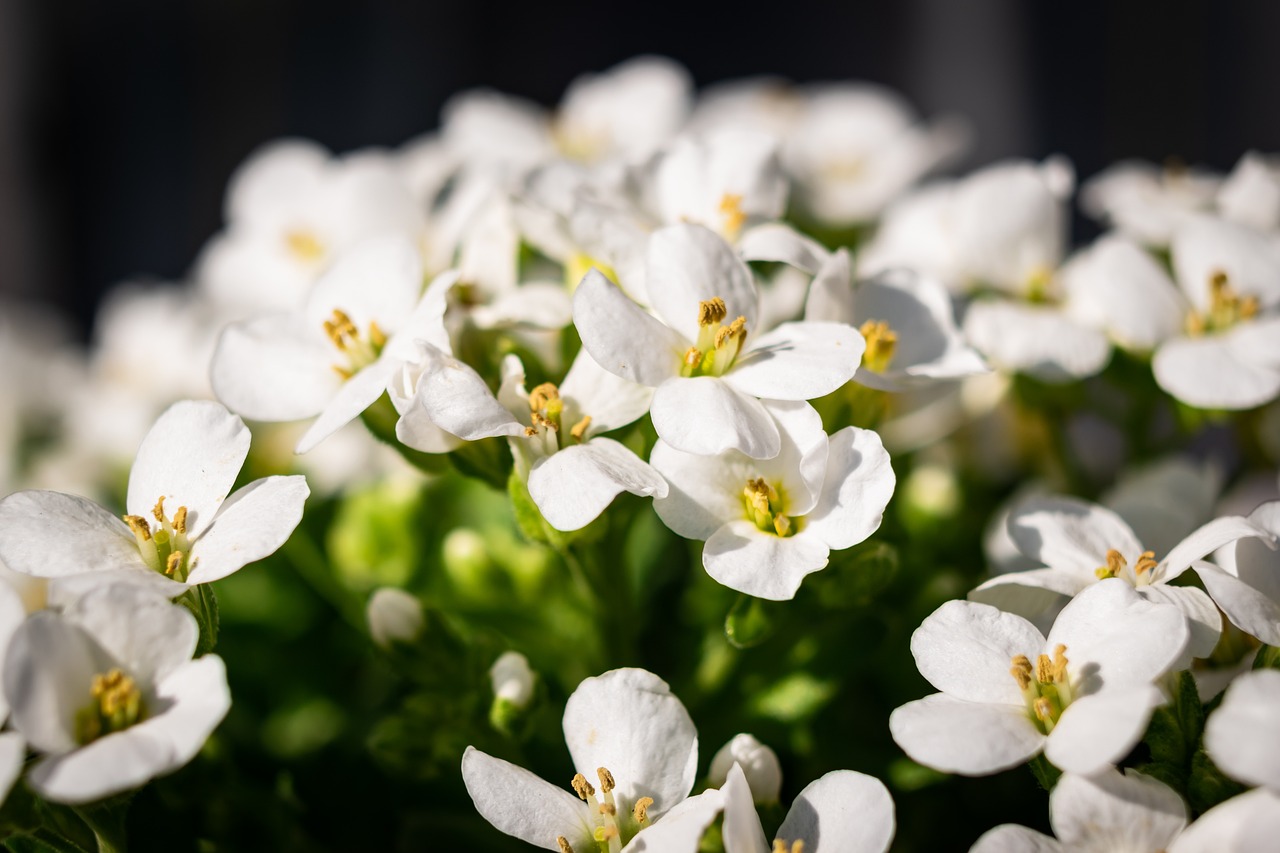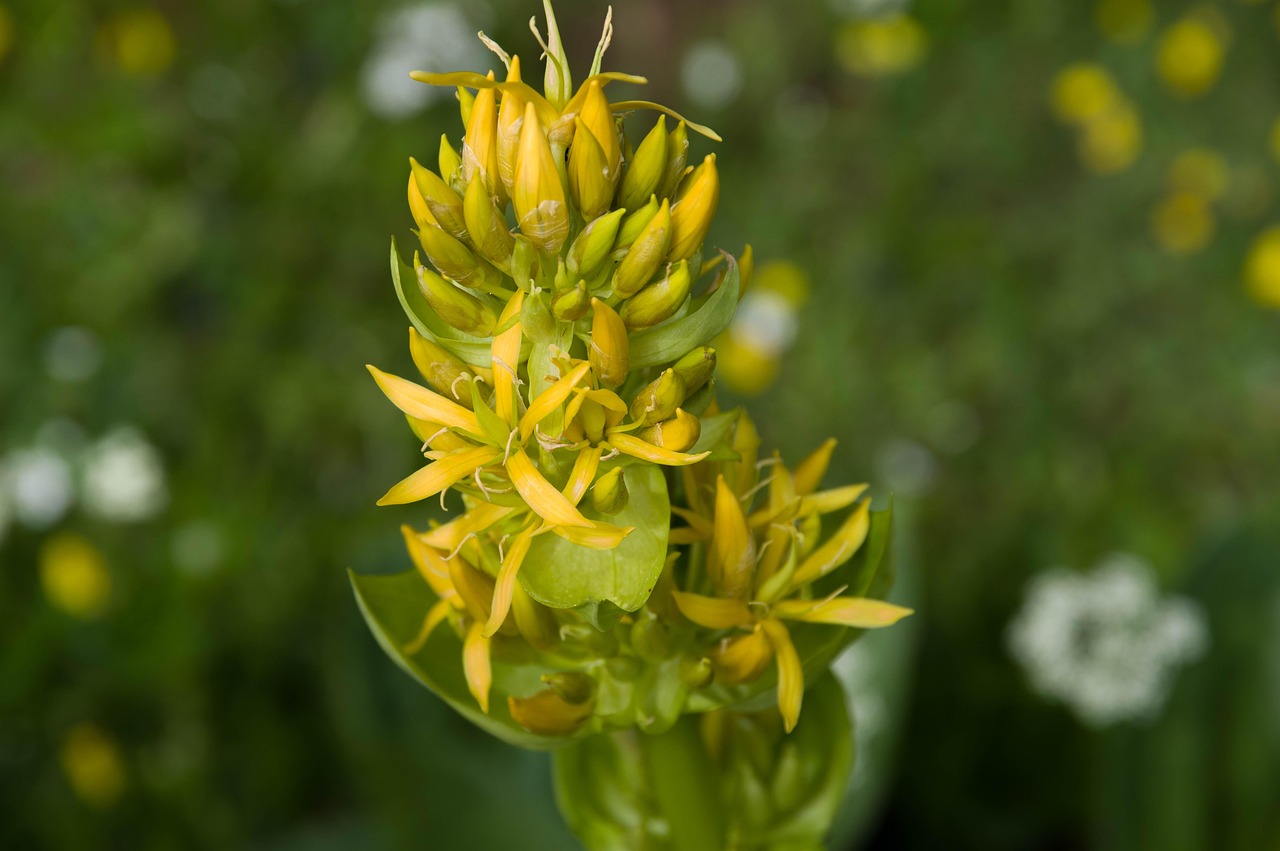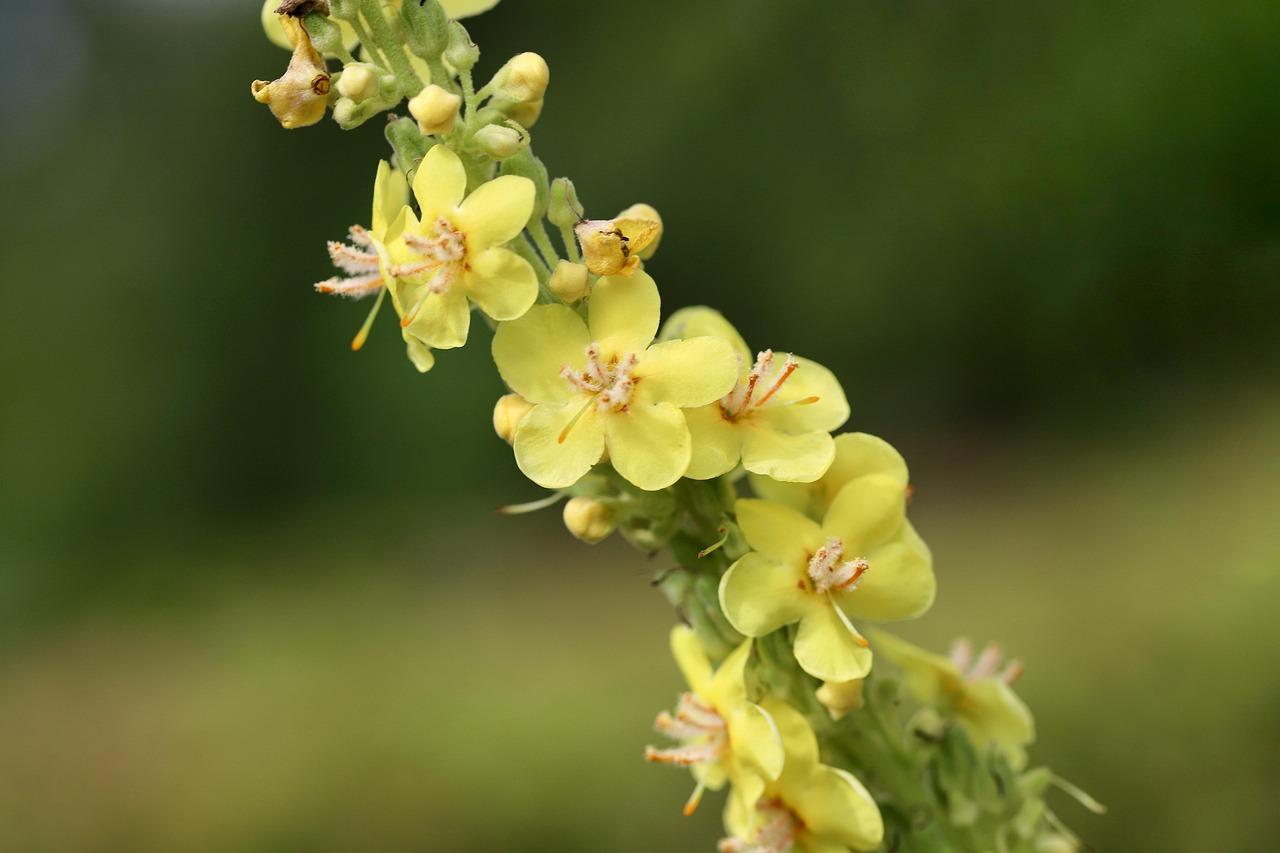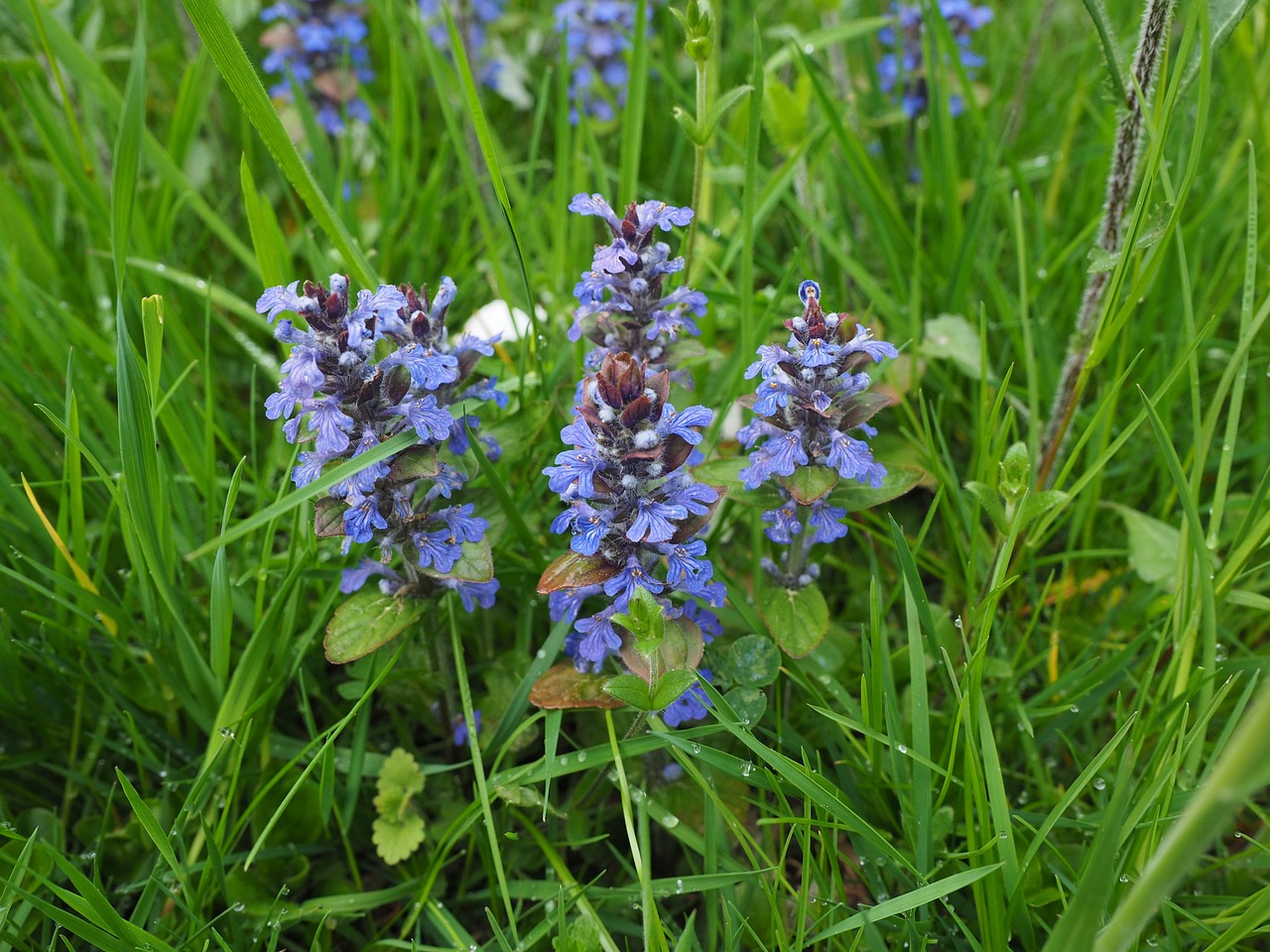Penstemon | A Prairie Flower Rooted in the Landscape of North America’s Pioneer Era
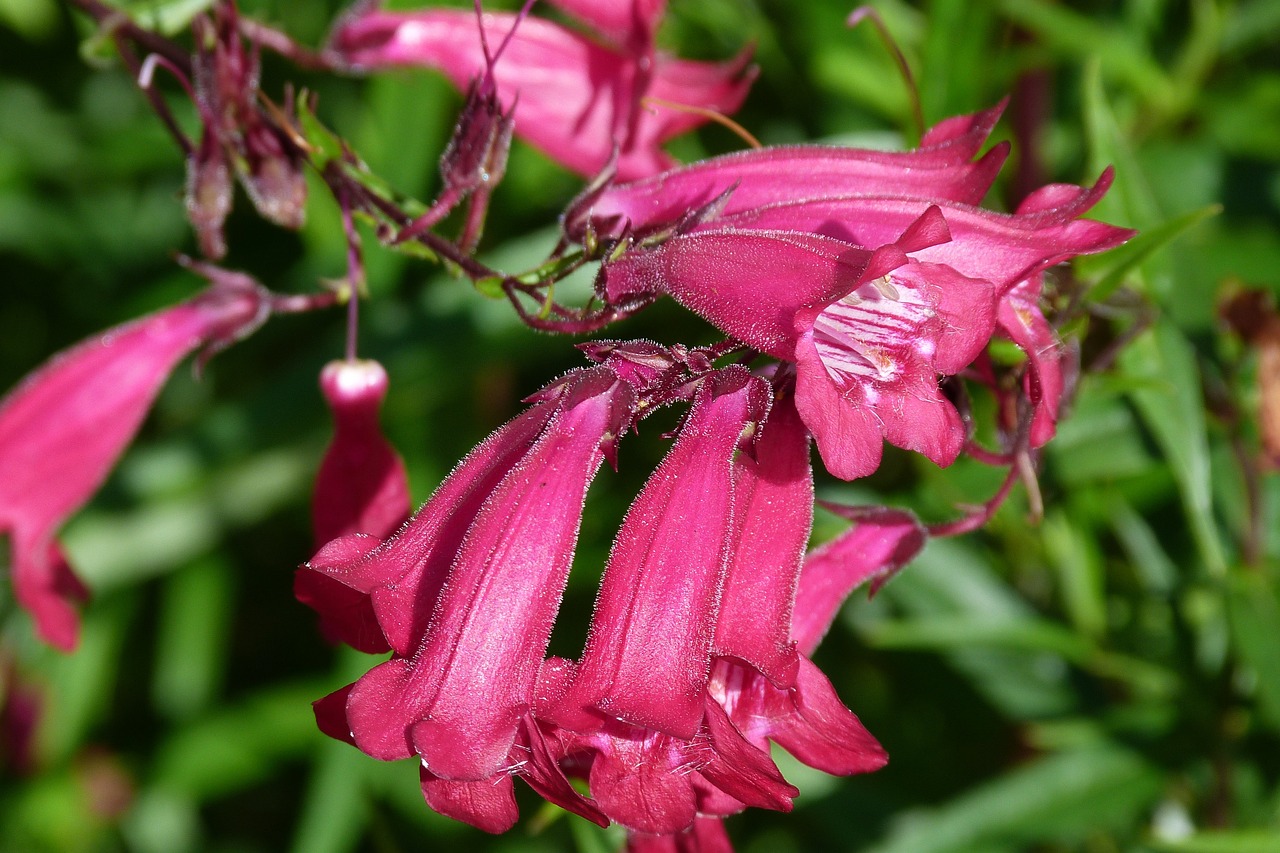
I would like to introduce Penstemon, a perennial plant that produces trumpet-shaped flowers with slender petals. Thanks to its vibrant colors and wide variety of cultivars, it has become a popular choice in gardening.
Because of its strong resistance to cold and drought, Penstemon is widely cultivated in gardens and containers.
In this article, I will provide detailed information about Penstemon, including its basic characteristics, cultural significance, history, and practical tips for cultivation.
Basic Information
- Scientific name: Penstemon
- Family: Plantaginaceae
- Origin: North America
- Appearance: The flowers are tubular and resemble elongated trumpets. Their colors vary widely—purple, red, pink, white, and blue—offering a strikingly vivid display. The leaves are slender, glossy green, and lend an elegant overall impression.
- Blooming season: Mainly from spring to summer, though some varieties continue into autumn depending on climate and species.
Cultural Significance Around the World
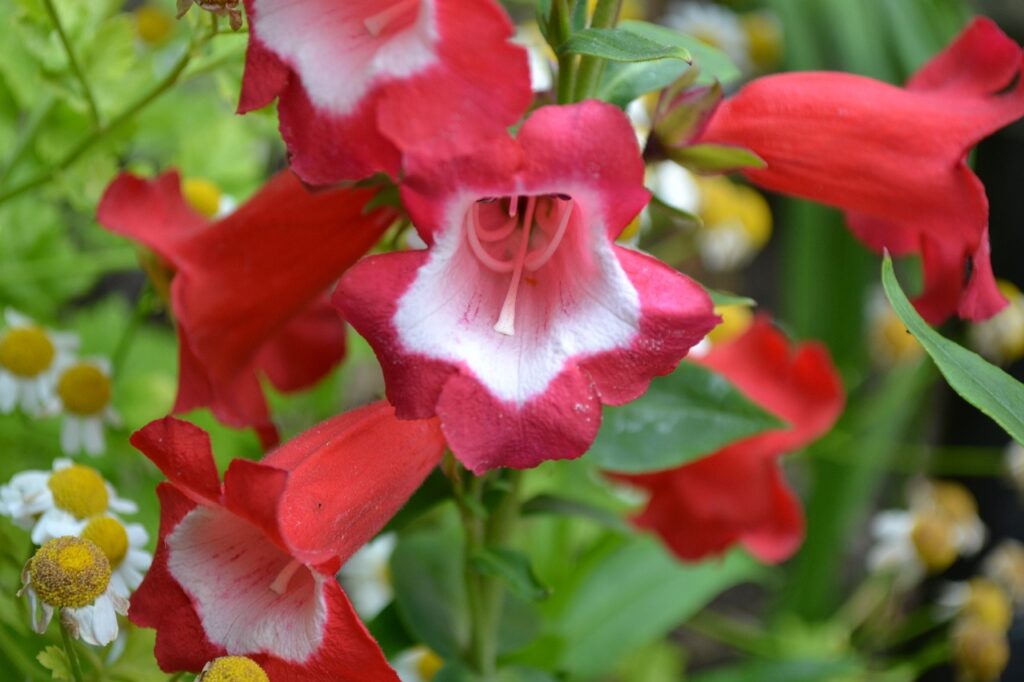
In North America, Penstemon occupies an important place in garden culture.
In the United States, its native land, it is affectionately known as the “Beardtongue” and is celebrated as a symbolic plant in several states. Within Native American traditions, Penstemon was sometimes used in rituals and decorations, where its beautiful blossoms symbolized respect for nature.
After being introduced to Europe, the plant became particularly popular in English cottage gardens. Thanks to its bright colors and cold resistance, it has been widely adopted by gardeners and remains suitable even for beginners.
Historical Background
Penstemon was first introduced to Europe in the late 18th century. Its unique flower form and vivid colors quickly captured the attention of horticulturists, leading to extensive hybridization.
By the 19th century, the Royal Horticultural Society (RHS) recommended Penstemon as a garden plant, further spreading its popularity.
During the American pioneer era, Penstemon brightened landscapes along wastelands and roadsides. Its resilience earned it the nickname “pioneer flower,” making it a symbol of both endurance and the pioneering spirit of the American West.
Gardening Advice
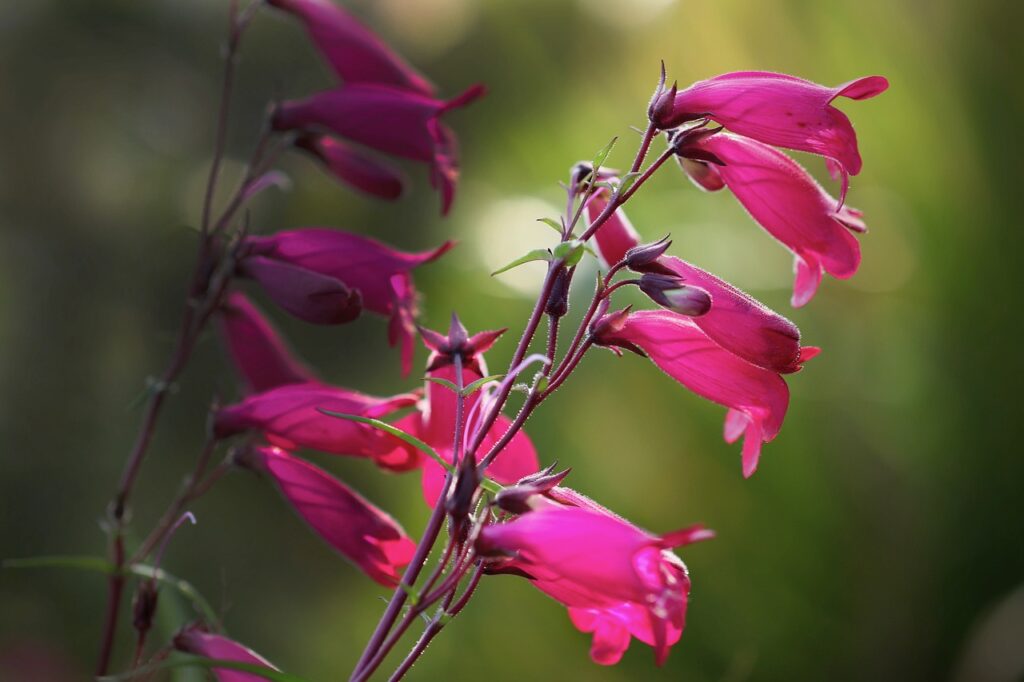
Penstemon is hardy and easy to grow. By following the points below, you can enjoy its flowers for a long time:
Sunlight
Prefers full sun. While it can tolerate partial shade, flowering will be reduced.
Watering
Though drought-tolerant, water during the growing season before the soil dries out completely. Avoid overwatering to prevent root rot.
Soil
Well-drained sandy soil is best. Mixing compost improves aeration. In pots, use well-draining potting soil.
Fertilizer
Apply a balanced slow-release fertilizer a few times during the growing season. Avoid excess fertilization, as it may weaken the stems.
Pruning
Cut back after flowering to encourage new buds. At the end of the season, trim stems to ground level to ensure healthy regrowth the following year.
Cold resistance
Most varieties are hardy. In colder climates, winter protection is recommended.
Conclusion
Penstemon is a perennial that brings color and elegance to gardens with its beautiful flowers and wide range of hues.
It is robust, easy to care for, and recommended even for beginners. Learning about its cultural and historical background makes it even more rewarding to grow.
I encourage you to incorporate Penstemon into your garden or balcony and enjoy its timeless beauty.

